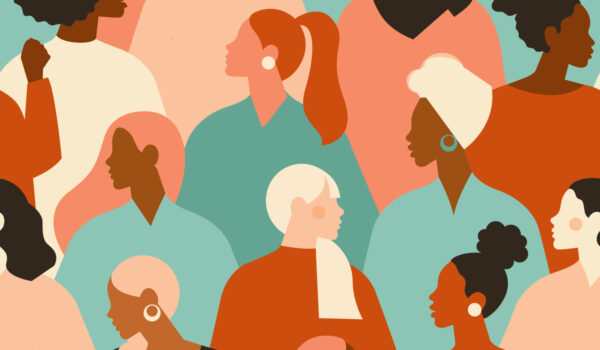Many schools all over Canada have culturally diverse student populations. It is important that educators acknowledge and celebrate this diversity, as it can be very beneficial for both students and teachers, fostering a rich environment and preparing students to work with others in the real world, which is extremely diverse.
Students come from many diverse backgrounds, including differences in race, ethnicity, and socioeconomic status. Recognizing and respecting these differences is the essential first step for creating inclusive learning environments.
When students are a part of diverse classrooms, they have the opportunity to learn about and explore many different cultures, traditions, and viewpoints. This exposure to different people promotes open-mindedness, empathy, and critical thinking skills as students learn to appreciate the similarities and differences among their peers. These skills are essential as they can help students be more successful when connecting with others globall
Educators play an important role as facilitators when students are navigating these cultural differences between each other. They not only inspire students but also foster professional growth as they learn new teach methods in order to be culturally conscious. For example, many teachers integrate culturally responsive teaching methods that cater to various aspects of diversity. This has many benefits as it cultivates empathy, understanding, open-mindedness, and confidence.
Even beyond school walls, cultural diversity has a huge impact. It enriches communities by nurturing individuals who value inclusivity and understanding. Students who are especially passionate about diversity can even become ambassadors for building inclusive communities.
In sum, recognizing and embracing cultural diversity in education transforms individuals and communities, creating inclusive environments where everyone can contribute positively and equipping students with essential skills for navigating our increasingly diverse world.









Comments